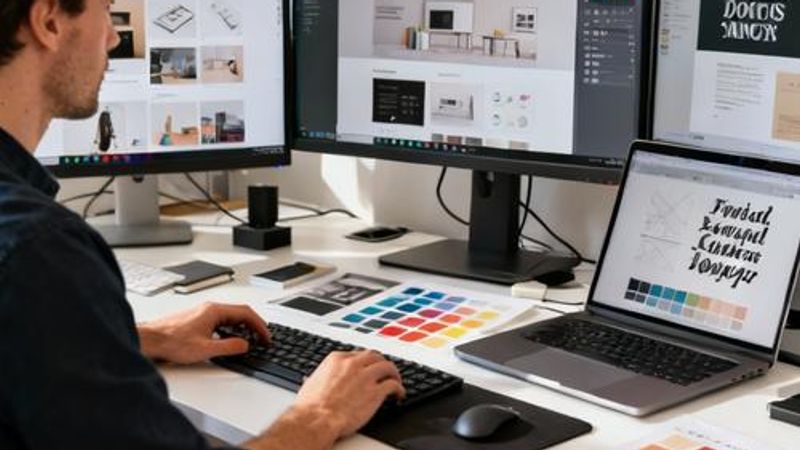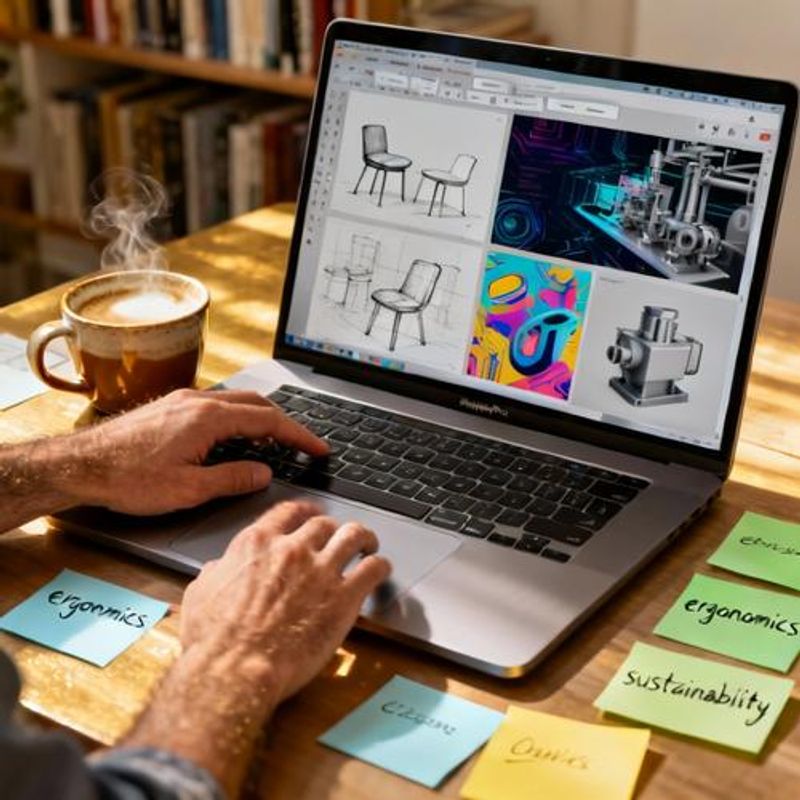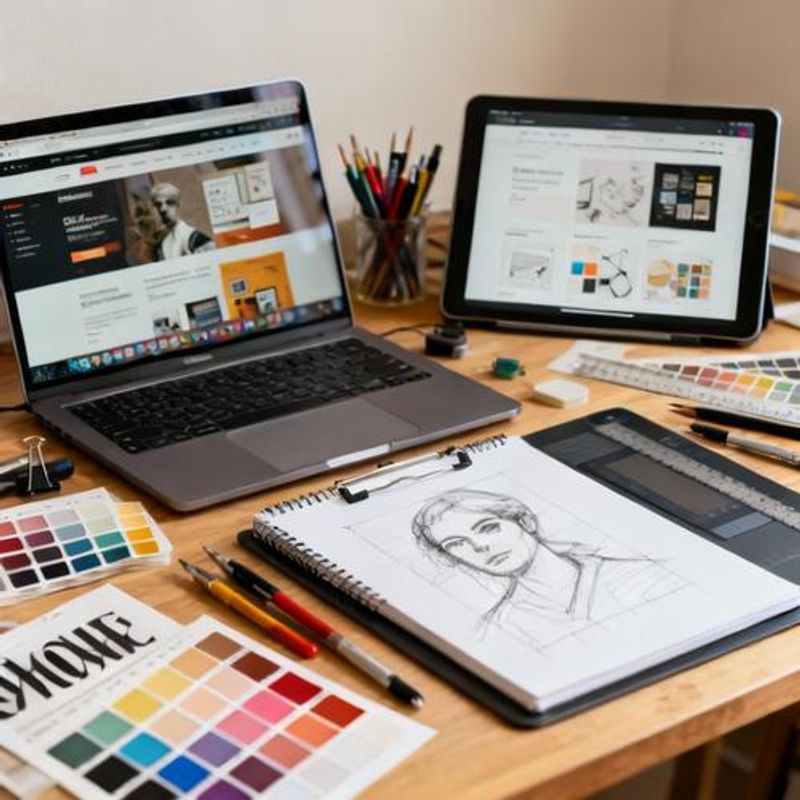Essential Sites for Designers: A Comprehensive Guide to Professional Design Resources in 2024

Finding reliable design resources can feel like searching for a needle in a haystack. As a mid-level designer, you've moved beyond basic tutorials but still need quality inspiration, tools, and assets to elevate your work. This comprehensive guide reveals the most valuable sites for designers that will transform your workflow, expand your creative horizons, and help you deliver professional results consistently.

Why Quality Design Sites Matter for Your Career Growth
Mid-level designers face unique challenges: staying current with trends, accessing professional-grade resources, and maintaining creative momentum under tight deadlines. Unlike beginners who need basic tutorials, or seniors who have established networks, you're in the growth phase where the right resources can accelerate your career trajectory. The design landscape changes rapidly, and having curated access to quality sites can mean the difference between staying relevant and falling behind.
Quick Reference: Top Categories of Essential Design Sites
Before diving deep, here's what you'll discover in this guide:
- Inspiration galleries that go beyond Pinterest
- Professional asset libraries with commercial licensing
- Typography resources for sophisticated type choices
- Learning platforms for skill advancement
- Design tools and workflow enhancers

Inspiration and Portfolio Sites That Actually Inspire
Behance and Dribbble are obvious starting points, but savvy designers know to dig deeper. Sites like Awwwards showcase cutting-edge web design with detailed breakdowns of what makes each project exceptional. For UI/UX inspiration, Mobbin offers a searchable database of mobile app interfaces organized by patterns and flows. Brand New reviews corporate rebranding projects with critical analysis, perfect for understanding strategic design decisions. Site Inspire curates web designs by style, type, and subject, making it easy to find relevant references for specific projects.
Professional Asset Libraries and Resource Hubs
Quality assets can elevate your work instantly. Unsplash and Pexels offer excellent free photography, while Shutterstock provides professional-grade imagery with proper licensing. For vectors and illustrations, Freepik and Adobe Stock cover most needs. Don't overlook specialized sites like UI8 for interface elements, or Creative Market for unique fonts and templates. Many of these sites offer subscription models that become cost-effective as your project volume increases. Always verify licensing terms, especially for commercial work.
Typography and Color Resources for Sophisticated Design
Typography can make or break a design. Google Fonts provides reliable web fonts, but explore Fontspring and MyFonts for distinctive typefaces that set your work apart. Typewolf showcases excellent typography in the wild with font identification and pairing suggestions. For color, Coolors generates harmonious palettes, while Adobe Color offers advanced color theory tools. Brand color databases like BrandColors provide official color codes for major brands, essential for brand-adjacent work.
Learning Platforms for Continuous Skill Development
Staying current requires ongoing learning. Skillshare and LinkedIn Learning offer structured courses, while YouTube channels like The Futur provide industry insights. For UX-specific knowledge, Nielsen Norman Group publishes research-backed articles. Smashing Magazine covers web design trends and techniques with technical depth. Consider joining design communities like Designer Hangout on Slack for peer learning and networking opportunities.

Common Pitfalls When Choosing Design Resource Sites
Avoid sites that offer 'unlimited downloads' with unclear licensing terms – you might face legal issues later. Be wary of free resources that require extensive attribution or have restricted commercial use. Don't rely solely on trending platforms; they can disappear or change policies overnight. Always maintain local backups of essential resources. Most importantly, resist the urge to bookmark everything – curate your resources actively and review them regularly to maintain a manageable, high-quality collection.
Building Your Personal Design Resource System
The key to leveraging design sites effectively is organization. Create a bookmark system categorized by project type, style, or resource category. Use tools like Notion or Airtable to build a searchable database of your favorite finds. Set aside time monthly to discover new resources and purge outdated bookmarks. Start building your curated collection today – bookmark this guide as your foundation and begin exploring these essential sites for designers. Your future projects will thank you for the investment in quality resources.